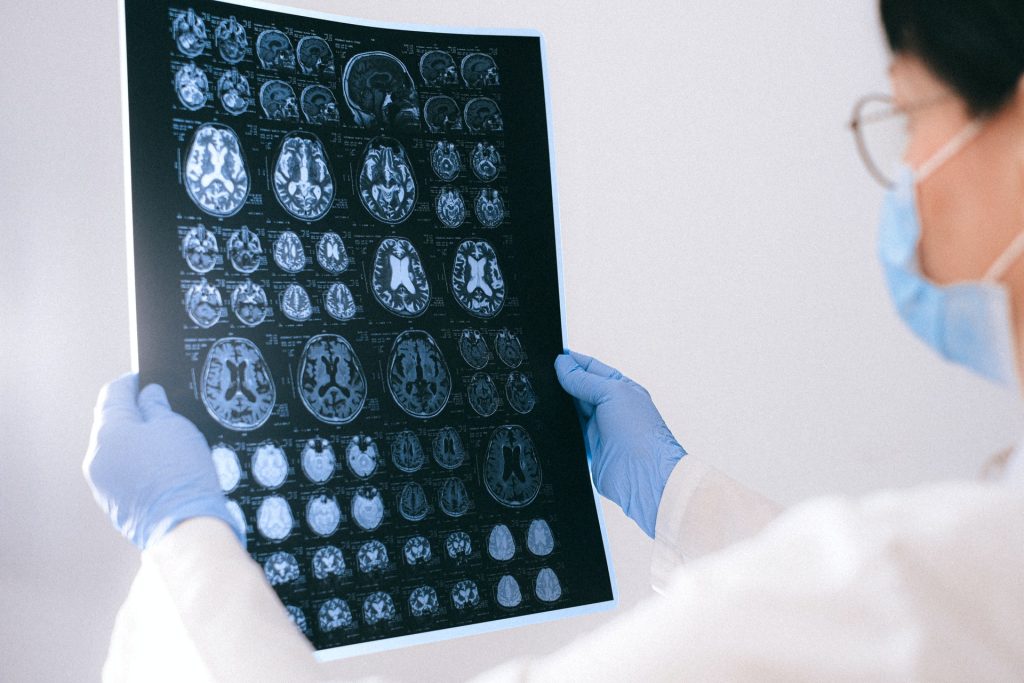
Researchers from the Mātai Institute and the Auckland Bioengineering Institute have developed a new metric from measured blood circulation in the brain. The new metric opens up new research avenues for brain conditions, including Alzheimer’s disease and other forms of dementia. The research has been published in the leading research journal Scientific Reports Nature.
Each time the heart beats, it pumps blood through the brain vessels, causing them to expand slightly and then relax. This pulsation in the brain helps distribute blood evenly across different areas of the brain, ensuring that all parts receive the oxygen and nutrients they need to function properly.
In healthy vessels, the pulse wave is dampened before it reaches the smallest vessels, where high pulsatility could be harmful. The new metric provides a comprehensive measure of the small vessel pulsatility risk.
The new metric is based on 4D flow MRI technology, and is particularly crucial because increased vascular pulsatility is linked to several brain conditions, including Alzheimer’s disease and other forms of dementia.
By accurately measuring how pulsatility is transmitted in the brain, researchers can better understand the underlying mechanisms of these diseases and potentially guide the development of new treatments.
Current MRI methods face limitations due to anatomical variations and measurement constraints. The new technique removes this issue by integrating thousands of measurements across all brain vessels, rather than the traditional method of looking at one spot. This provides a richer metric representative of the entire brain.
“The ability to measure how pulsatility is transmitted through the brain’s arteries could revolutionise our approach to neurological diseases, and support research in vascular damage hypotheses,” says first author Sergio Dempsey.
“Our method allows for a detailed assessment of the brain’s vascular health, which is often compromised in neurodegenerative disorders.”
The study also highlighted the potential to enhance clinical assessments and research on brain health. By integrating this new metric into routine diagnostic procedures, healthcare providers can offer more precise and personalised care plans for individuals at risk of or suffering from cognitive impairments.
To make the most of the new metric’s implications for patient care, the researchers have made their tools publicly available, integrating them into pre-existing open-source software. This enables scientists and clinicians worldwide to adopt the advanced methodology, fostering further research and collaboration in the field of neurology.
Results from the initial study of the metric also identified important sex differences in vascular dynamics which has initiated a new study focusing on sex-related dynamics.
The research team is planning further studies to explore the applications of this technique in larger and more diverse populations.
Source: University of Auckland

